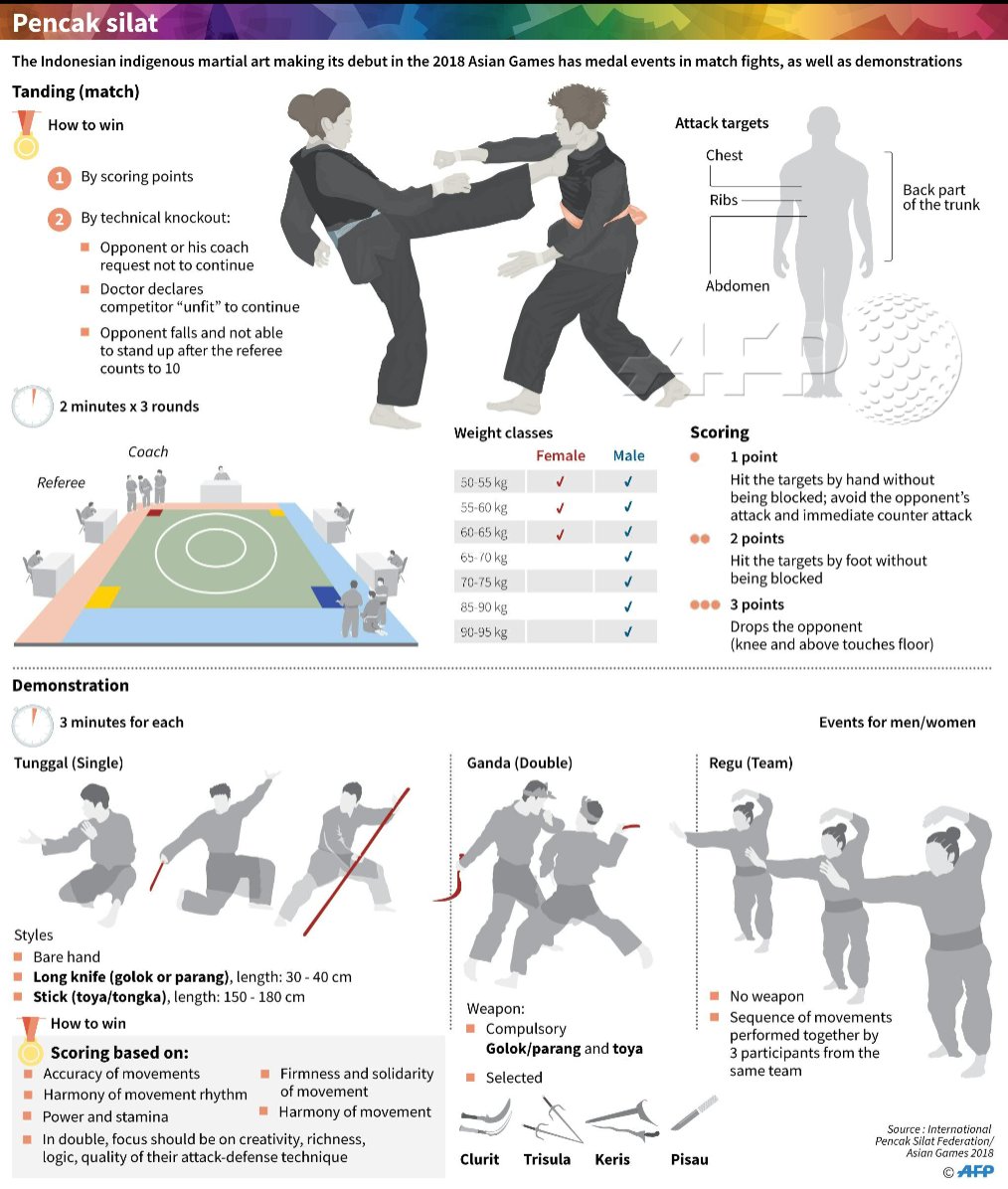Revealing The Range Of Martial Arts Disciplines: An Overview From Karate To Taekwondo
Revealing The Range Of Martial Arts Disciplines: An Overview From Karate To Taekwondo
Blog Article
Write-Up By-Stender Lemming
Are you tired of sensation bewildered by the large world of fighting styles? With numerous styles to select from, it can be simple to get lost in a sea of punches, kicks, and strange names. However fear not!
This discussion will certainly demystify the various martial arts styles, taking you on a journey from the powerful strikes of Martial arts to the dynamic kicks of Taekwondo. Get ready to uncover the beginnings, methods, and ideologies behind these ancient art types.
So, tighten your belt and prepare to embark on an enlightening expedition right into the exciting world of martial arts.
Beginnings of Martial Arts Styles
The beginnings of fighting styles styles can be mapped back to ancient people and their requirement for self-defense and combat techniques. Throughout history, different societies developed their very own special techniques of battling, each with its own collection of techniques and viewpoints.
In China, for instance, martial arts designs such as Kung Fu and Tai Chi were developed as a way of protection and boosting physical and psychological well-being.
In Japan, the samurai warriors developed designs like Martial arts and Judo, concentrating on technique, precision, and proficiency of the body.
In a similar way, in Korea, Taekwondo emerged as a fighting style highlighting high kicks, rapid movements, and psychological stamina.
These early worlds laid the structure for the varied selection of martial arts styles that exist today, each with its very own rich background and social importance.
Strategies and Training Methods
To understand martial arts styles, practitioners should find out different methods and training techniques.
Techniques are the certain activities and activities used in battle, such as punches, kicks, tosses, and obstructs. martial arts or bodybuilding fighting styles designs have their own special collection of methods that experts need to understand with rigorous training.
Educating techniques differ relying on the design, yet they typically entail a combination of physical conditioning, drills, sparring, and kinds.
Physical fitness is vital to build stamina, versatility, and endurance. Drills aid specialists refine their strategies and boost their speed and precision.
Sparring enables experts to practice their strategies in a regulated, sensible setting. Types, additionally known as kata, are prearranged sequences of activities that aid experts establish muscle memory and focus.
Ideologies and Principles
Exploring the viewpoints and principles of martial arts designs can provide you with a much deeper understanding of your chosen technique. Each martial art has its own distinct philosophy and collection of guiding concepts that form the method it's practiced.
As https://spencernfseq.blogthisbiz.com/34243267/benefits-for-the-mind-and-feelings-gotten-from-taking-part-in-martial-arts , Martial arts highlights discipline, regard, and self-constraint. Read the Full Content shows experts to focus their minds and bodies, enabling them to defend themselves while preserving a feeling of internal tranquility.
On the other hand, Taekwondo places a solid emphasis on speed, dexterity, and flexibility. Its concepts are rooted in the tenets of courtesy, integrity, determination, self-discipline, and indomitable spirit.
https://www.wsbtv.com/video/local-video/martial-arts-training-is-shaping-future-policing/539f9b6d-9ceb-4cab-ba04-ce1ae37fc885/
Since you have actually explored the origins, strategies, and ideologies of different fighting styles designs, you have a much deeper understanding of these old self-controls.
Imagine a young karate trainee, exercising with steadfast decision and emphasis, breaking through boards with an effective punch.
Their trip showcases the dedication and strength required to master a fighting style, reminding us that with technique and willpower, anything is feasible.
